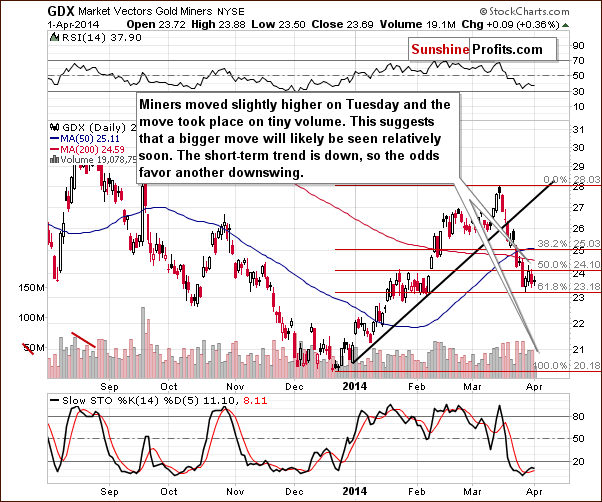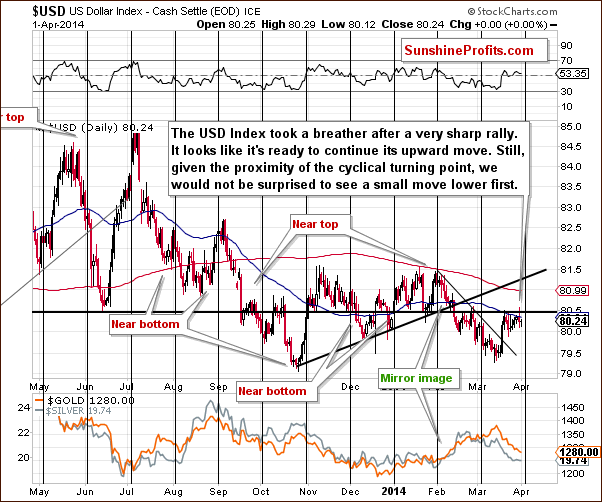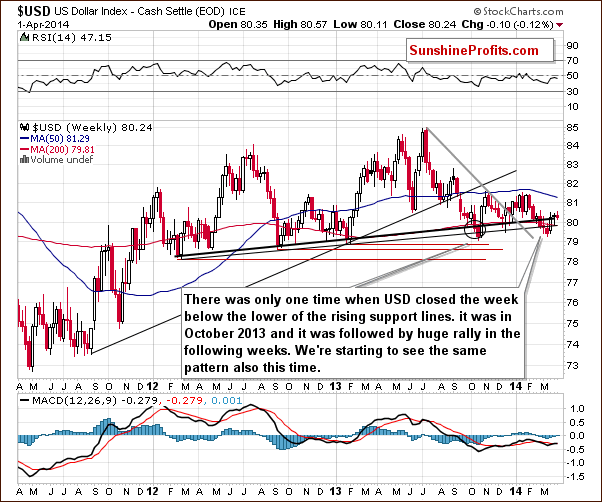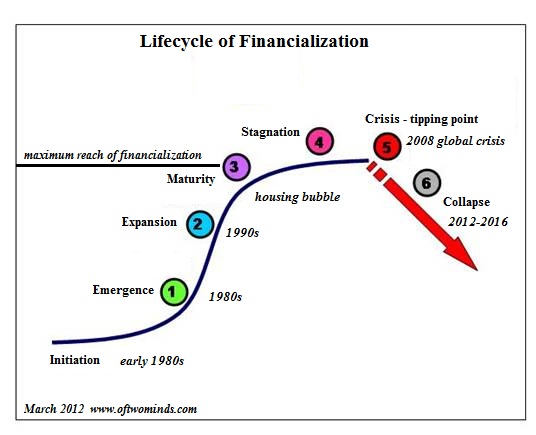| Among the many economic governance initiatives undertaken over the last few years, those intended to achieve deeper financial integration have been widely regarded as crucial and urgent. The financial crisis and the subsequent sovereign debt crisis had revealed a number of flaws in the governance of the euro, and the EU’s leaders have since tried hard to put in place a new framework for economic policy-making which deals with these flaws. However, progress has been slow and has exposed deep differences among the Member States. After some very tough negotiations, the EU finance ministers came to an agreement just before Christmas on the second stage of what has come to be known as banking union and, after protracted negotiations about procedures, the proposals were agreed with the European Parliament on the 20th of March 2014. A single resolution mechanism (SRM) for dealing with failing banks will now be added to the single supervisory mechanism (SSM) which completed its legislative journey in October. A third element originally envisaged for banking union, common deposit insurance, continues to divide EU Member States and has made no tangible progress. According to Michel Barnier, the Commissioner responsible for financial services, the December deal was ‘a momentous day for banking union. A memorable day for Europe’s financial sector’. But is it and will it prove to be enduring? What were the objectives of banking union? Banking union sought to address three problems. The first is to bolster financial stability and to prevent a recurrence of the systemic problems that arose in 2008, especially after the collapse of Lehman Brothers. Although central bankers recognise that financial stability is part of their mandate, it is a task often poorly specified. As former ECB President Jean-Claude Trichet observed in 2011: central banks often have an explicit mandate in the area of financial stability. But typically this mandate is formulated in very general terms, and it would have been written before growing recognition of the key role of macro-prudential oversight Trichet’s successor, Mario Draghi, has continued to develop the ECB’s role in what has become known as macro-prudential supervision, through the European Systemic Risk Board (ESRB) which has sought to identify the systemic risks to financial stability. Draghi has also been adept at calming markets, first with his famous ‘whatever it takes’ speech in London in July 2012, then with the announcement of Outright Monetary Transactions (OMT) – the promise to buy unlimited amounts of sovereign bonds from the markets, though not directly from governments. In what is sure to be a landmark decision, the German Constitutional Court found, by six to two votes, on February 7th that OMT was not compatible with the EU treaty unless used in a very restricted manner. However, in an unprecedented step, the Karlsruhe judges have referred the decision to the Court of Justice of the European Union for final decision. These legal manoeuvrings could add to the uncertainty around banking union. Second, banking union was conceived of as a means of kick-starting a European financial system that had become fragmented across national borders because of fears about cross-border financial contagion, and was failing in one of its primary functions of providing finance to SMEs. The third objective was to break what has been called the ‘doom-loop’ linking banks and governments. On one side, problems in the banking sector obliged governments to fund the rescues of banks deemed too big to fail, leading to stress on the public finances. In Ireland, Spain and the UK, and later in Cyprus, public debt soared for this reason. On the other side, the risk of sovereign default meant that banks which held substantial amounts of sovereign bonds on the asset side of their balance sheets could no longer regard these holdings as safe assets, imperilling the banks’ solvency. An assessment of progress What has been agreed falls a long way short of solving these problems. The SSM will see most of the largest banks in the Eurozone, plus the other Member States which have agreed to take part, supervised by the ECB in a new ‘federal-ish’ structure. The ECB is currently racing to set up an entirely new body for this purpose, led by a former senior official at the Banque de France, Daniele Nouy, and insulated as far as possible from its monetary policy function. Other banks will continue to be supervised by their respective national authorities, though with a common rule-book currently being elaborated. In anticipation of the new SSM going live later in 2014, the ECB is conducting an asset quality review alongside a stress-test intended to reveal problems in the valuation of bank assets, notably non-performing loans. The European Banking Authority has now set out the broad principles for the forthcoming stress tests, but is only expected to reveal the detailed methodology by April this year. These exercises are delicate, because they have to be seen to be tough enough to be credible, but may reveal shortfalls which will call for recapitalisation, potentially putting renewed pressure on governments to help. The upshot is that the move to the SSM may, in the short-term, add to financial instability and make it harder for banks (especially in the Member States worst affected by the crisis) to return to ‘normal’ lending. Although the ECB is undoubtedly correct to insist that banks be fundamentally sound, the process of assessing assets could aggravate rather than reduce financial instability in the short-term, and could prolong the credit crunch afflicting SMEs. The new arrangements for resolving failing banks include a single resolution fund to which banks will be expected to contribute at an annual rate of roughly €5 billion, such that it will reach €55 billion by 2025. This is consistent with the principle that the costs of bank resolution should be borne by banks themselves and not tax-payers. A new Bank Recovery and Resolution Directive was also concluded in December 2013, key provisions of which determine the order in which shareholders, bond-holders and other bank creditors are ‘bailed-in’ (meaning lose money) when a bank fails, before the bank resolution fund steps-in. The obvious flaw in what has been agreed is that until the new resolution fund reaches its optimal size, it will require a backstop for dealing with a shortfall of funding, and this will continue to be the individual Member State finances. Attempts to spread the risk across all Member States were strongly resisted by creditor countries, notably Germany. The outcome is that the doom-loop has not been broken, and this could presage a re-run of what happened in Cyprus in March 2013, when the need to resolve two banks which were large relative to the Cypriot economy, but small in EU terms, became a threat to the stability of the Eurozone as a whole. The worrying conclusion is that although Europe’s leaders have probably gone as far as they could towards banking union, given their divergent interests and the domestic constraints they face, they have once more arrived at a compromise which is unsatisfactory and will almost certainly prove to be unsustainable. In effect, none of the underlying objectives of banking union set out above have been achieved and, in some respects, the risks may have been accentuated. It will not be long before the leaders have to try again. | 












































